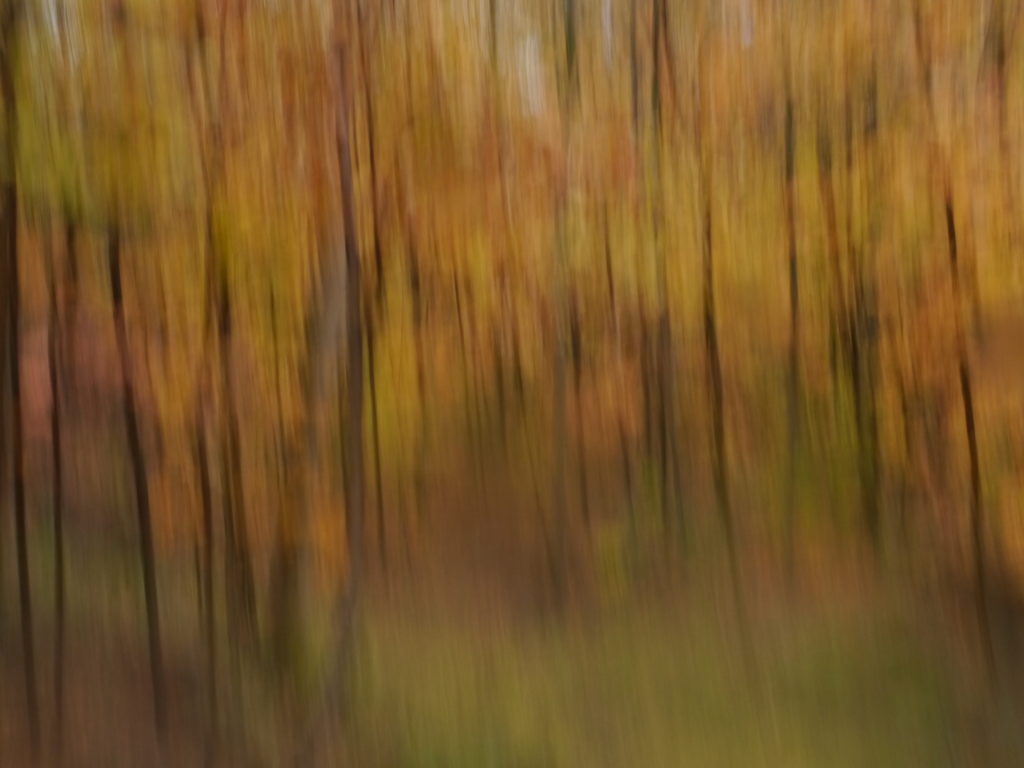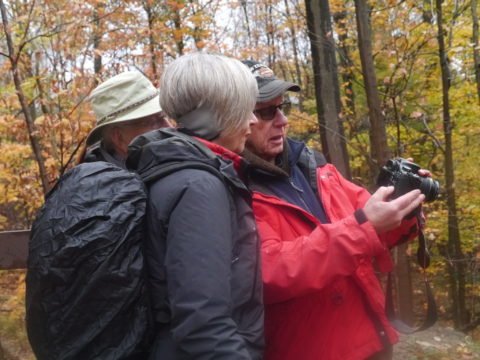
Last weekend, I spent a day with Freeman Patterson, one of my mentors in seeing. Patterson is a well-known and loved Canadian photographer, known for his workshops with Andre Gallant in New Brunswick and South Africa, as well as other places. He’s been photographing, teaching workshops, and writing books for more than 50 years.
After graduating from University (a very long time ago), my Mom gifted me with a 35mm camera and Freeman’s first book, Photography for the Joy of It. I used my camera for vacations and with my growing family. It was 15 years later when I finally took my first photography class and started reading Patterson’s books. My dream was to attend one of his workshops and I was able to do so in 2001 and again in 2004.
While attending my first workshop with Freeman, I told him the story of my Mom and he said, “You have a very discerning Mum.” These workshops were life-changing, to say the least. I began to see and photograph the world differently. And, little did I know that I had planted the seed for my Adventures in Seeing book at that first workshop.
On Saturday, I was able to tell Freeman, who is now in his 80th year, and still has a full schedule of teaching around the world, what an impact he’s had on me. I realized during his presentation that I’ve incorporated his teachings into my life and photography. Yet, I’m still learning from him. And, not just photographic principles but lessons for life too.
Here are a few things I took away from this day.
 The greater the challenge, the greater the satisfaction. Isn’t this so true? We only learn and grow when we accept a challenge.
The greater the challenge, the greater the satisfaction. Isn’t this so true? We only learn and grow when we accept a challenge.
Do as much as you can in-camera to be more present with your subject. This is something I like to do, but I never thought of it as a tool for being more present. It really works!
Tonal contrast is more important than colour contrast. Pay attention to it. Patterson explained that our eye is drawn in a photograph to the most extreme tone, of which there is less. Sounds counter-intuitive, but it’s true and very subtle. Start noticing tonal contrast and adjust exposure accordingly.
Photograph until the composition feels good in your gut. Trust your gut. You don’t always have to know why.
Curving lines express more time; straight lines less time. I’ve always been drawn to curving lines and I guess this is why. They let me linger longer.
When arranging a composition, decide whether you’re looking for order or more randomness. This changes from person to person, and day to day, which is why our images from the same place can be so different.
The whole point of learning is not to photograph your pre-conceptions. Photograph anytime, anywhere. What he’s been saying for many years is to practice by photographing things you wouldn’t normally photograph. Find subjects in your own backyard.
Freeman Patterson is a wonderful writer, as well as photographer, and you can’t go wrong with any of his many books. One of my favourites is the story of his life in photography, called Shadowlight: A Photographer’s Life. You can find a complete list on Amazon here. Visit the Freeman Patterson website to see some of his work and find out about his workshops. His photographic prints can be purchased through commissart.com.
** Books mentioned have Amazon affiliate links, meaning I make a few cents if you purchase through my link. I only recommend books that I’ve read.